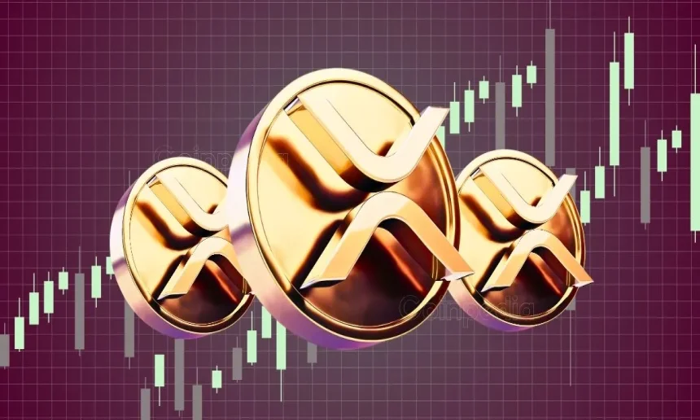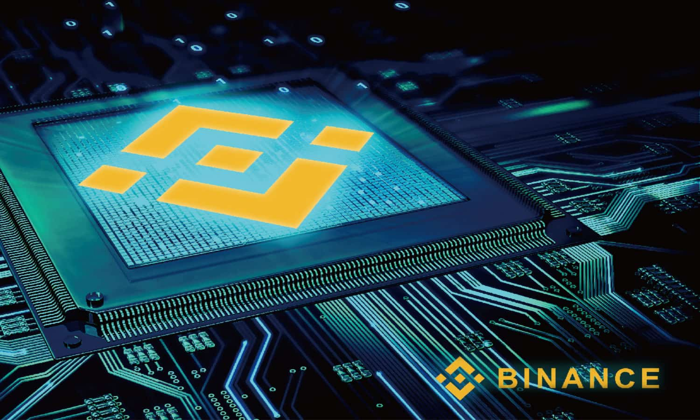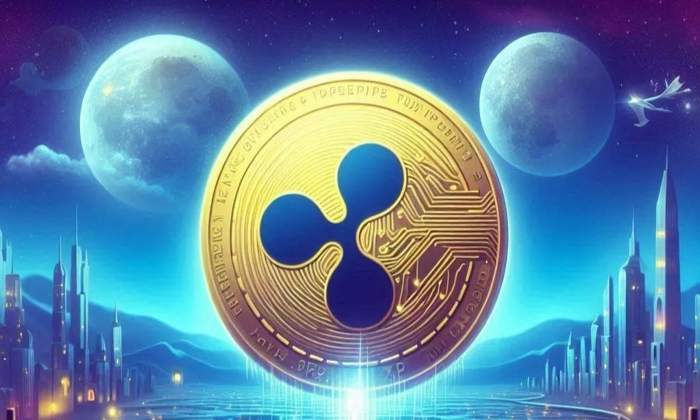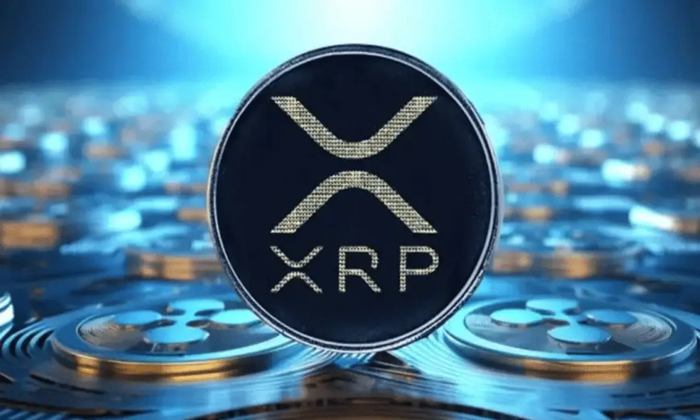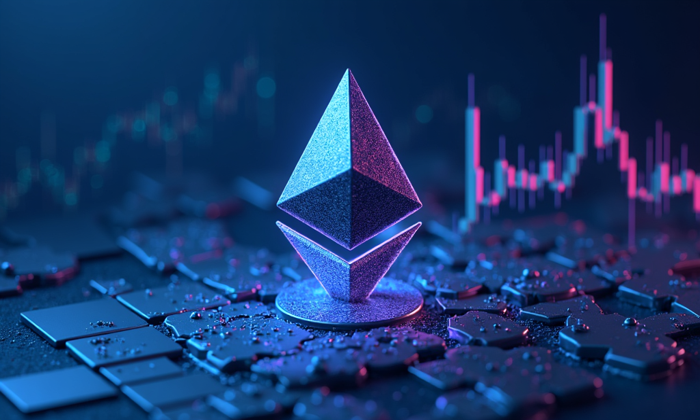Memecoins have taken a significant hit following the recent LIBRA token scandal, casting a shadow over their once-celebrated status in the crypto market. Nic Carter, a partner at Castle Island Ventures, has boldly declared that the era of memecoins is now “unquestionably over,” as evidence mounts that retail investors have been manipulated in a rigged game. The fallout from the Libragate incident, which involved a staggering $4 billion, has raised serious questions about the integrity of these speculative assets. According to Carter, the initial allure of memecoins was their perceived fairness compared to traditional VC-backed coins, but recent launches have revealed a darker side, with many being characterized as “unfair and botted.” As interest begins to wane, especially on platforms like Pump.fun, the future of memecoins hangs in the balance, leaving many retail investors to reconsider their strategies in this volatile crypto landscape.
In recent discussions surrounding digital currencies, alternative terms such as “speculative tokens” and “novel cryptocurrencies” have emerged, reflecting the evolving landscape of the crypto world. These digital assets, often referred to informally as memecoins, have gained popularity for their ability to engage retail investors and create buzz within the community. However, the aftermath of the LIBRA token scandal has sparked a debate about their legitimacy, with industry experts questioning whether the hype around these tokens can be sustained. As the crypto market continues to mature, the role of these speculative tokens will likely be scrutinized, particularly in light of their perceived connection to recent scandals. The ongoing dialogue about the future of memecoins underscores the need for a deeper understanding of their potential impact on the financial ecosystem.
The Fall of Memecoins: Insights from Nic Carter
In a recent commentary, Nic Carter, a partner at Castle Island Ventures, declared the memecoin era to be definitively over, largely attributing this shift to the LIBRA token scandal. He pointed out that the recent events surrounding the LIBRA token, which involved a staggering $4 billion and high-profile figures like Argentine President Javier Milei, have exposed the inherent corruption in the memecoin market. Carter argues that retail investors have been misled into believing they were participating in a fair game, only to find that the odds were heavily skewed against them. He emphasized that the nature of these memecoins, once thought to be a more equitable alternative to traditional VC-backed tokens, was merely a facade, hiding a system rigged for the benefit of a select few.
Carter’s statements highlight a growing concern among investors regarding the integrity of the memecoin sector. While these tokens initially gained traction due to their grassroots appeal, the emergence of high-profile and dubious launches has severely tarnished their reputation. The increasing prevalence of manipulative tactics in the memecoin landscape has led many to question the viability of these assets, suggesting that their potential for genuine investment may have been irreparably compromised.
Furthermore, the implications of the LIBRA scandal extend beyond just memecoins; they raise broader questions about trust and transparency in the crypto market at large. As the fallout continues, retail investors are urged to exercise caution and conduct thorough due diligence before engaging with new projects. The sentiment in the market has shifted, with many now viewing memecoins as high-risk ventures that could lead to significant losses. As Carter aptly puts it, the memecoin ‘casino’ is not just slightly unfair; it’s dramatically tilted in favor of those orchestrating these token launches, leaving retail investors vulnerable to exploitation.
Memecoins as a Stress Test for the Financial System
In contrast to Nic Carter’s pessimistic view, Backpack founder Armani Ferrante offers a more optimistic perspective on the role of memecoins in the evolving financial landscape. Ferrante suggests that memecoins serve as a crucial ‘stress test’ for the future of finance, potentially paving the way for greater acceptance of blockchain technology in everyday transactions. He argues that while memecoins may appear frivolous or speculative, they play an essential role in demonstrating how digital currencies can operate within the broader financial ecosystem. This perspective aligns with the idea that as the industry matures, the functionalities and utilities of these assets will become clearer and more integrated into real-world applications.
Moreover, Ferrante emphasizes that the initial stages of technological innovation often resemble playthings, yet they possess the potential to revolutionize industries. Just as early internet technologies evolved from simplistic concepts to sophisticated platforms, memecoins may similarly transition into more meaningful financial tools. This viewpoint invites both investors and industry participants to reconsider their stance on memecoins, acknowledging that their current state might be a stepping stone toward more robust financial mechanisms.
Ferrante’s insight into the potential of memecoins as a form of validation for broader financial applications suggests that we should remain open-minded about their future. As the financial landscape continues to evolve, the lessons learned from the memecoin phenomenon could lead to the development of more secure and equitable financial instruments. By viewing memecoins as a transitional phase, stakeholders can better appreciate their role in testing the limits of blockchain technology and its applications in real-world economics.
The Debate on Memecoins: Support and Skepticism
The contrasting views on memecoins highlight a significant debate within the crypto community. While figures like Nic Carter emphasize the dangers and inherent risks associated with these speculative assets, others, including Coinbase CEO Brian Armstrong, advocate for an open-minded approach. Armstrong draws parallels between memecoins and the early internet, suggesting that initial skepticism about new technologies often overlooks their potential for growth and transformation. His assertion that memecoins could signal a broader trend toward tokenization and on-chain innovation invites investors to reconsider their assessments of these digital assets, even when they appear trivial or risky.
This ongoing dialogue underscores the need for a balanced perspective in the crypto market. As the memecoin landscape evolves, investors must weigh the insights of skeptics like Carter against the optimistic outlook of proponents like Armstrong. This balance is crucial in navigating the complexities of the crypto market, especially as new projects continue to emerge. It encourages a more nuanced understanding of the potential risks and rewards associated with memecoins.
As the industry grapples with these divergent opinions, it remains clear that memecoins have sparked a conversation about the future of digital currencies. Their role in the market, whether viewed as speculative assets or valuable experiments, is undeniably significant. The fluctuating interest in memecoins, coupled with the recent decline in new token launches on platforms like Pump.fun, indicates a shifting landscape that investors must navigate. This evolution in the memecoin sector may ultimately lead to a more mature and responsible approach to crypto investments, fostering a culture of innovation while prioritizing investor protection.
Pump.fun: A Decline in Memecoin Activity
Recent data from Dune Analytics reveals a troubling trend for the memecoin platform Pump.fun, with new token launches plummeting by 59% over a month. This significant decline, from a peak of 71,735 tokens to just 28,898, raises questions about the sustainability of memecoins in the current crypto climate. As interest wanes, it becomes essential to understand the factors contributing to this downturn. Many investors may be reconsidering their strategies in light of the LIBRA token scandal, which has highlighted the risks associated with investing in memecoins. The once-thriving excitement surrounding these assets appears to be faltering, suggesting that retail investors are becoming more cautious.
The sharp decrease in new tokens on Pump.fun could signify a broader shift in the crypto market, where investors are increasingly prioritizing transparency and legitimacy. As the memecoin sector faces scrutiny, platforms like Pump.fun must adapt to the changing landscape by ensuring that new projects are launched with proper oversight and fairness. This evolution is crucial in restoring investor confidence and ensuring that the future of memecoins aligns more closely with the principles of equity and integrity. If the memecoin industry can address these challenges, it may yet find a way to regain traction and relevance in a rapidly evolving financial world.
Retail Investors and the Memecoin Phenomenon
The memecoin phenomenon has captivated retail investors, drawing them into a market often seen as speculative and volatile. However, the recent LIBRA token scandal has cast a stark light on the risks associated with this investment strategy. Many retail investors initially gravitated towards memecoins believing they represented a fair and accessible entry point into the crypto market. Unfortunately, the revelation that many recent launches were manipulated and unfairly executed has led to disillusionment among this demographic. As Nic Carter points out, the expectation of a level playing field has been shattered, leaving many to question the integrity of the entire memecoin sector.
This disillusionment among retail investors is compounded by the increasing awareness of the asymmetric advantages held by those behind memecoin launches. The sense of community and excitement that once characterized memecoins has been undermined by concerns over transparency and fairness. As a result, many retail investors are reassessing their engagement with memecoins, seeking safer and more legitimate alternatives within the crypto space.
As the industry continues to evolve, it is crucial for retail investors to remain informed about the dynamics of the memecoin market. Understanding the risks and potential rewards associated with these assets is essential for making sound investment decisions. The growing sentiment among investors for more transparency and fairness in the crypto market could lead to the emergence of new platforms and projects that prioritize these values. Retail investors, armed with this knowledge, can navigate the memecoin landscape more effectively, ensuring they participate in a market that aligns with their interests and investment goals.
Frequently Asked Questions
What are memecoins and how are they affected by the LIBRA token scandal?
Memecoins are cryptocurrencies that are often created as jokes or memes, gaining popularity through social media and viral trends. The LIBRA token scandal revealed significant issues within the memecoin sector, highlighting that retail investors have been engaging in a rigged market, as noted by Nic Carter. Following this scandal, many believe that the era of memecoins is ‘cooked,’ indicating a decline in their perceived legitimacy and potential.
Why do some investors see potential in memecoins despite the LIBRA token scandal?
Despite criticisms following the LIBRA token scandal, some investors, like Backpack founder Armani Ferrante, argue that memecoins serve as a ‘stress test’ for the financial system. They believe that these assets can showcase the potential for real-world applications of blockchain technology, suggesting that memecoins might evolve into meaningful financial instruments, akin to how early internet technologies matured.
How has the LIBRA token scandal impacted the perception of memecoins in the crypto market?
The LIBRA token scandal has significantly impacted the perception of memecoins within the crypto market. Many experts, including Nic Carter, view the scandal as evidence of the inherent risks and unfair practices associated with memecoins, leading to a belief that their era is over. This has resulted in a decline in investor confidence and interest in memecoins, as indicated by decreasing new token launches on platforms like Pump.fun.
What role do memecoins play in the current crypto market landscape?
Memecoins currently play a complex role in the crypto market. On one hand, they are seen as speculative assets with questionable value, especially after controversies like the LIBRA token scandal. On the other hand, proponents argue that they can provide insights into market dynamics and consumer behavior, serving as a precursor to more serious blockchain applications. This duality makes memecoins a topic of ongoing debate in the crypto community.
What are the trends in memecoin launches on platforms like Pump.fun?
Recent data indicates a significant decline in memecoin launches on platforms like Pump.fun, with a 59% drop in new tokens over the past month. This trend reflects waning interest in memecoins, especially in light of negative perceptions following events like the LIBRA token scandal. Such declines may signal a shift in investor focus towards more established cryptocurrencies or alternative blockchain projects.
How do experts suggest the future might look for memecoins post-LIBRA token scandal?
Experts are divided on the future of memecoins post-LIBRA token scandal. While some, like Coinbase CEO Brian Armstrong, advocate for an open-minded approach to their potential evolution, others, such as Nic Carter, predict a decline in their relevance. The future may see memecoins transition into more serious financial instruments or continue to fade as investors seek more legitimate investment opportunities in the crypto market.
| Key Point | Details |
|---|---|
| Libragate Scandal | The $4 billion LIBRA token scandal signifies the decline of memecoins, as stated by Nic Carter. |
| Carter’s View | Carter claims that memecoins were falsely marketed as fair alternatives, revealing the ‘rigged game’ nature of launches. |
| Dispute in the Industry | Some experts like Armani Ferrante argue that memecoins are important for testing the future financial system. |
| Coinbase CEO’s Perspective | Brian Armstrong encourages an open-minded approach to memecoins, comparing them to early internet technologies. |
| Declining Interest | There is a notable decrease in new memecoins, with a 59% drop in tokens launched on Pump.fun over one month. |
Summary
Memecoins are facing a critical moment in their evolution within the crypto market. The recent LIBRA scandal has raised significant concerns about the integrity of memecoins, leading experts like Nic Carter to declare their era as “over.” However, there remains a division in opinion, with some industry leaders believing that memecoins could still play a vital role in testing the future of finance. As interest in memecoins wavers, it is evident that their future may hinge on whether they can pivot from mere speculation to providing true utility in the financial ecosystem.
Memecoins have taken the crypto market by storm, captivating retail investors with their playful nature and community-driven appeal. However, the recent LIBRA token scandal has raised serious concerns about the integrity of this sector, as highlighted by crypto VC Nic Carter. He argues that the memecoin era is over, following revelations of unfair practices and bot-driven launches that have left many investors feeling deceived. The LIBRA scandal, involving significant figures like Argentine President Javier Milei, serves as a stark reminder of the risks associated with investing in these so-called “joke” currencies. As the dust settles, it’s evident that the landscape of memecoins is shifting, leaving enthusiasts to ponder their future in an increasingly scrutinized crypto environment.
Alternative cryptocurrencies, often referred to as joke coins or meme tokens, have emerged as an intriguing phenomenon in the digital finance world. These assets, designed to mimic the playful spirit of internet culture, have garnered attention from a wide range of investors, particularly during the recent surge in popularity. Yet, the unfolding LIBRA token controversy has cast a shadow on this sector, raising questions about the fairness and sustainability of such investments. As experts like Nic Carter point to potential manipulation within the crypto market, the appeal of these playful tokens may be waning. Nevertheless, their role as a speculative asset continues to spark debate, highlighting the evolving dynamics of digital currencies.


